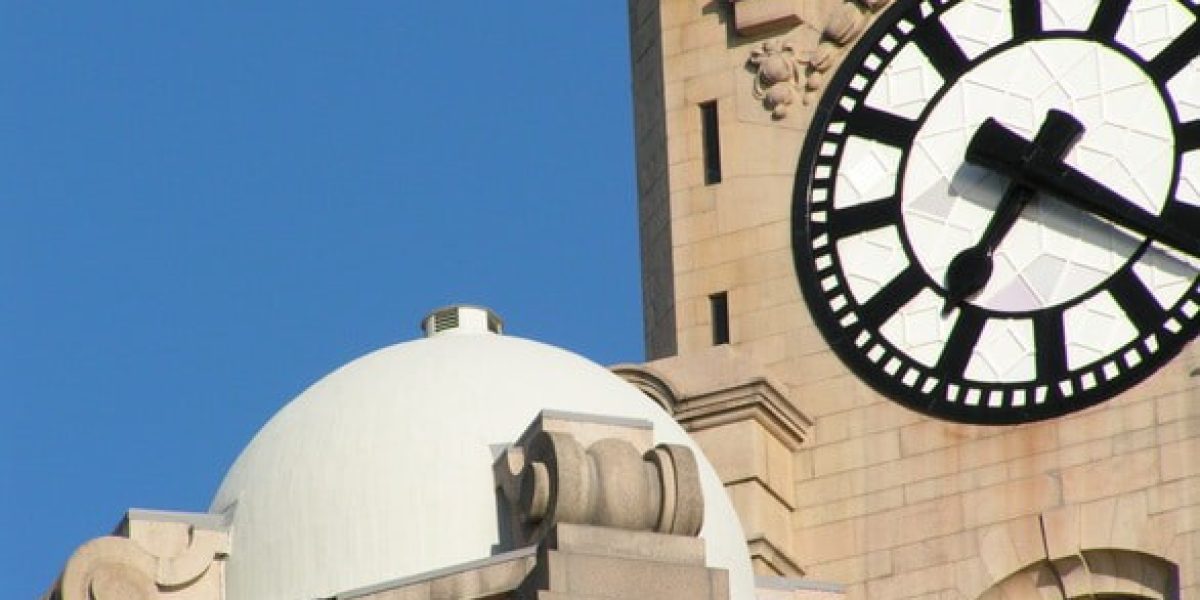
Church attendance has fallen, which has resulted in the closing of churches to be sold as commercial property. However, valuations of church buildings are difficult.
A January 2016 article in the Daily Telegraph noted that Church of England attendance had fallen by 5% in the previous five years, with Sunday turnout now two thirds less than it was in the 1960s. Although some churches have experienced growth, many church buildings are sparsely attended, with some closing altogether. Some churches have been put on the commercial property market to raise funds to meet the cost of maintaining the church buildings that remain open.
Valuations of empty churches are not easy because there are often no similar buildings that have been sold in the same area to gather comparison sales data. Church buildings vary a lot in their construction and layout. Some may be suitable for conversion to residential apartments or a house while others are more for use by commercial tenants.
Property investors considering purchasing empty church buildings may find ones that they consider undervalued, but this is a matter of opinion rather than based on firm evidence.
Commercial mortgages are available to purchase church buildings, but borrowers may need to use a mortgage broker to find a specialist lender. As well as the cost of purchase, investors must take into account the cost of converting the building to residential or commercial use. Many church buildings are cold and let in drafts, so will need improvements to upgrade their energy efficiency.


